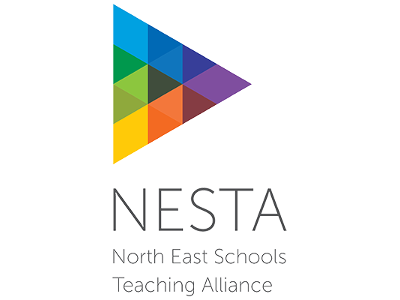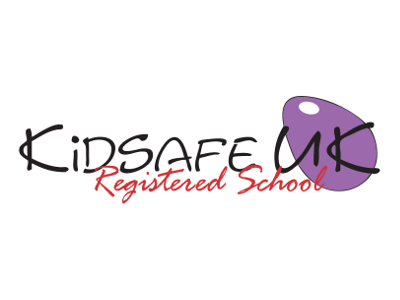Geography – Year 6
Geographical Enquiry |
Physical Geography |
Human Geography |
Geographical Knowledge |
|---|---|---|---|
| I can confidently explain scale and use maps with a range of scales. I can choose the best way to collect information needed and decide the most appropriate units of measure. I can make careful measurements and use the data. I can use OS maps to answer questions. I can use maps, aerial photos, plans and web resources to describe what a locality might be like. |
I can give extended descriptions of the physical features of different places around the world. I can describe how some places are similar and others are different in relation to their human features. I can accurately use a 4 figure grid reference. I can create sketch maps when carrying out a field study. |
I can give an extended description of the human features of different places around the world. I can map land use with my own criteria. I can describe how some places are similar and others are different in relation to their physical features. |
I can recognise key symbols used on ordnance survey maps. I can name the largest desert in the world. I can identify and name the Tropics of Cancer and Capricorn as well as the Artic and Antarctic circles. I can explain how the time zones work. |
Purpose of study |
|---|
| Pupils should extend their knowledge and understanding beyond the local area to include the United Kingdom and Europe, North and South America. This will include the location and characteristics of a range of the world’s most significant human and physical features. They should develop their use of geographical tools and skills to enhance their locational and place knowledge. |
Aims |
|---|
| Location knowledge Locate the world’s countries, using maps to focus on Europe, North and South America concentrating on their environmental regions, key physical and human characteristics, countries and major cities. Name and locate countries and cities of the United Kingdom, geographical regions and their identifying human and physical characteristics, key topographical features (including hills, mountains, coasts and rivers), and land-use patterns; and understand how some of these aspects have changed over time. Identify the position and significance of latitude, longitude, Equator, Northern Hemisphere, Southern Hemisphere, the Tropics of Cancer and Capricorn, Arctic and Antarctic Circle, the Prime/Greenwich Meridian and time zones (including day and night). Place knowledge Human and physical geography Geographical skills and fieldwork |
| Possible topic: Year 6 residential (Survival topic) WWII Ormesby Hall (link to History) |
Possible topics: Place knowledge- France and Lake District (Mountains) |
Possible topics: The Americas |











